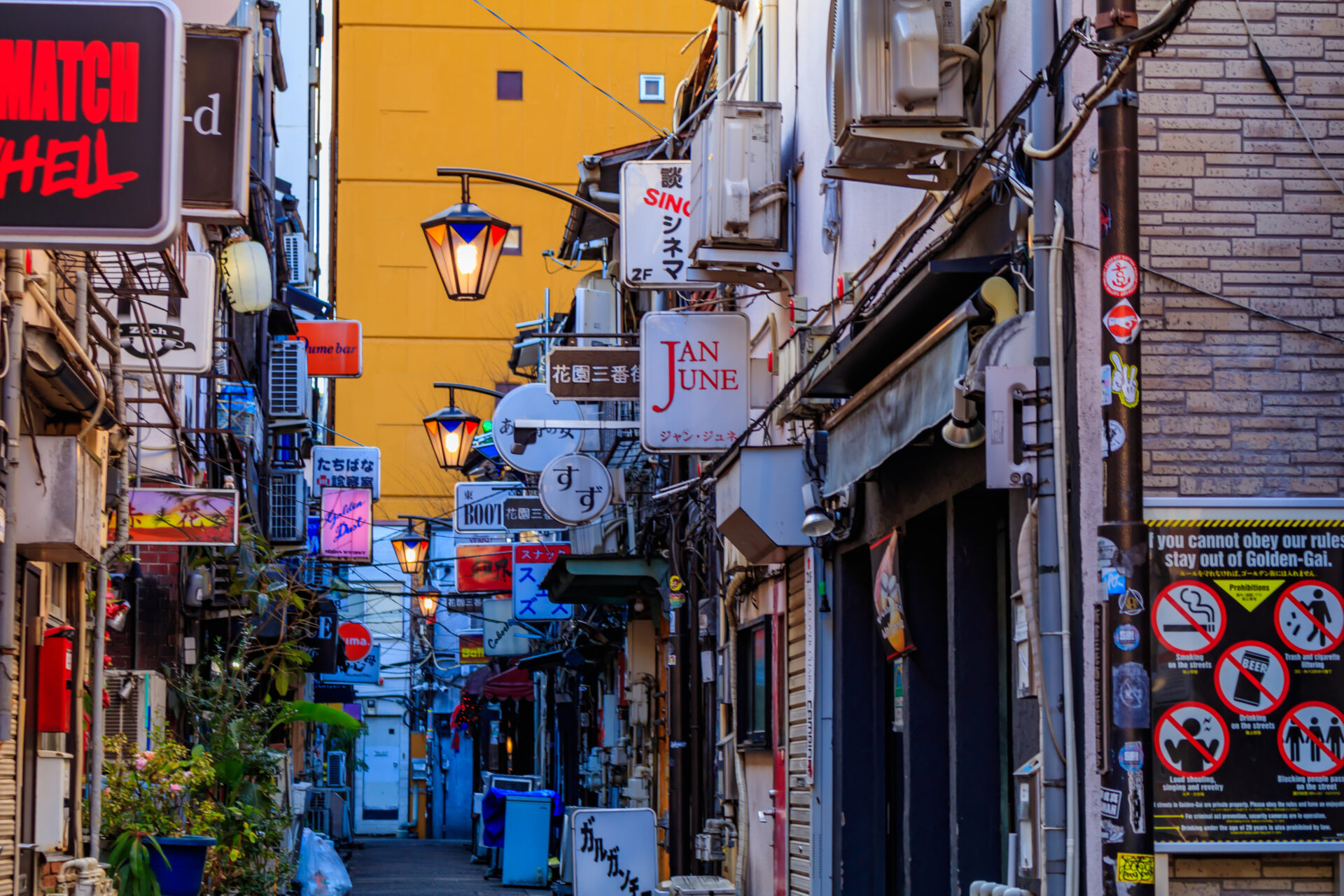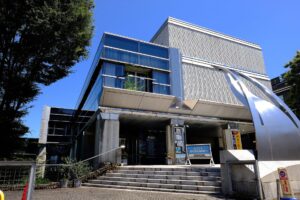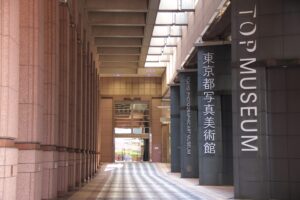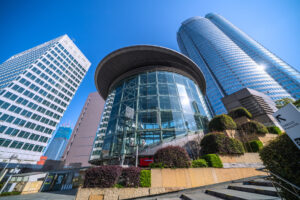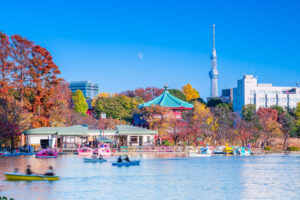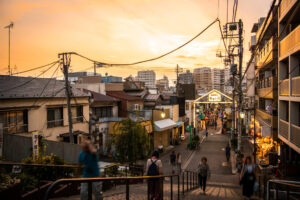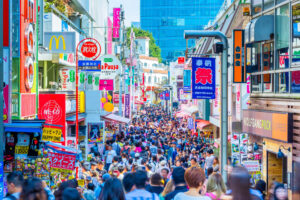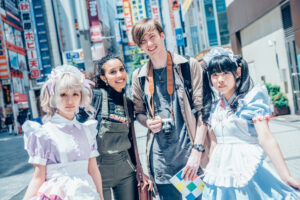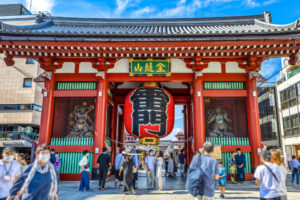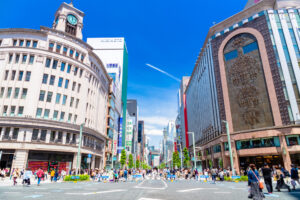Nestled in Tokyo’s bustling Shinjuku district, Shinjuku Golden Gai offers a unique glimpse into Japan’s Showa era. This vibrant enclave is a cultural hotspot with over 200 tiny bars, pubs, and restaurants packed into its narrow alleyways, each preserving the spirit of a bygone era.
Historical Significance of Shinjuku Golden Gai
Formed in the 1950s, originally as a black market post-World War II, Shinjuku Golden Gai has withstood the test of time and development. In the 1970s and 1980s, despite facing redevelopment pressures, local residents and supporters rallied to save this historic area from demolition. Their efforts ensured that Golden Gai retained its unique atmosphere and charm, distinguishing it from Tokyo’s more modernized regions.
A Cultural Tour Through Narrow Alleys
The warren of Golden Gai’s alleyways hosts an array of establishments, each with a doorway that opens up to a different world. Despite their limited space, these venues are rich in history and theme. Known as a breeding ground for post-war Japanese culture and arts, Golden Gai has been a favorite haunt for renowned writers, filmmakers, and musicians. Walking through Golden Gai is like stepping back in time, offering a deeply cultural experience that captures the essence of old Tokyo.
Artistic Atmosphere and Creative Expression
Golden Gai is renowned not just for its bars and eateries but for the competitive spirit of uniqueness and decoration among them. Beloved by both locals and tourists, these establishments maintain the ambiance of traditional Japanese taverns. The area feels more like a living museum or an art gallery than a mere collection of eateries, with each spot offering a different facet of Tokyo to its visitors.
Planning Your Visit
- Best time to visit: Golden Gai comes alive at night, with most bars opening in the late evening. The peak hours are late into the night, especially from 9 PM to midnight, where you can mingle with a diverse crowd of locals and other tourists.
- What to wear: The vibe in Golden Gai is casual; no need for formal attire, but dressing in clean everyday clothes is recommended. Opt for comfortable attire that can handle the cramped spaces and occasional crowds.
- Things to keep in mind:
- Cash is king: Many bars do not accept credit cards, so carrying cash—and plenty of small change—is essential.
- Language barriers: Not all staff speak English, so knowing some basic Japanese phrases or using gestures can be helpful.
- Check the rules: Before entering a bar, especially if it’s your first visit there, check for any house rules or cover charges. Due to limited space, it’s also wise to carry minimal baggage or a small bag.
Conclusion
Shinjuku Golden Gai is more than just a collection of bars; it’s a vibrant testament to Tokyo’s historical backdrop and ongoing artistic legacy. Visiting this hidden gem provides a deeper insight into another facet of Tokyo’s multifaceted character. Don’t miss the chance to experience this captivating slice of Japanese culture.
HP
Access:
10-minute walk from JR Shinjuku Station

